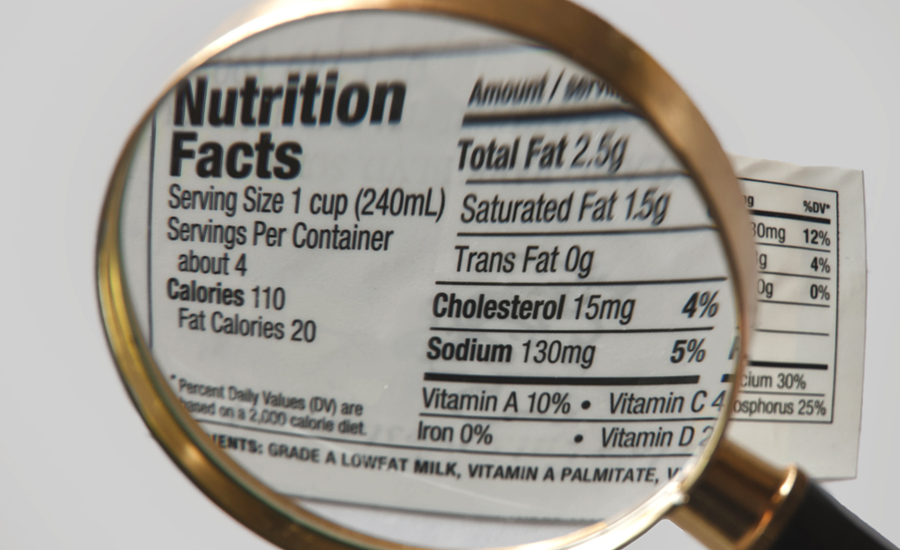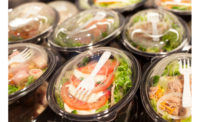Unlike a book, you can judge a food product by its cover. In fact, more than half of American adults (56%) actively seek out nutritional information and guidelines on food labels, according to a report published by Packaged Facts, Rockville, Md.
The report, “Nutritional Labeling and Clean Labels in the U.S.: Future of Food Retailing,” reveals that most American consumers:
- scrutinize labels for information about nutrition and ingredients;
- actively look for and purchase specific free-from types of grocery products;
- are aware of issues regarding diet, nutrition and ingredients; and
- take the initiative to become more educated on these issues.
"It's almost hyperbolic to imply that there is essentially no such thing as superficiality when it comes to educating consumers via food and beverage labeling," says David Sprinkle, research director. "Imaginative design and attractive looks can dazzle the eye, but it's the words on a product that make the true difference. Information matters, ingredients matter, and most of all, transparency matters."
The onus therefore is on manufacturers and marketers to ensure that consumers know what they are paying for. And, while most companies are forthright to varying degrees, there remains heated national debate regarding some ingredients and the labeling of them more than others. Among the most hotly debated are genetically modified organisms (GMOs).
Amid increased negative publicity, surveys show that a growing number of U.S. consumers are concerned about GMOs in their food—even when they don't really understand what GMOs actually are. Previously, in the absence of federal regulations regarding GMOs in foods and beverages, some prominent retailers and marketers took the initiative to eliminate GMOs from their products. Food processing companies assumed leadership roles on GMO labeling and elimination. Subsequently, non-GMO project verified became one of the fastest-growing label claims in the food and beverage industry.
Congress’ new bill, Safe and Accurate Food Labeling Act of 2015, requires companies to disclose GMOs, however it doesn’t mandate the use of GMO labeling directly on food packaging despite the success of the non-GMO project verified label. Instead, companies can choose from several disclose options such as a QR code on packaging that can be scanned using a smartphone. Small food companies also have the option of printing a website URL or a phone number that customers can call for more information. There will also be the option to use a yet-to-be approved symbol by the U.S. Department of Agriculture.
It's too early to tell whether consumers prefer to obtain label information directly on packages vs a QR code, website or even an actual phone number. However, there is already evidence that some consumers and advocacy groups who generally support mandatory labels do not support the new bill specifically because it gives companies the option to use a QR code.


